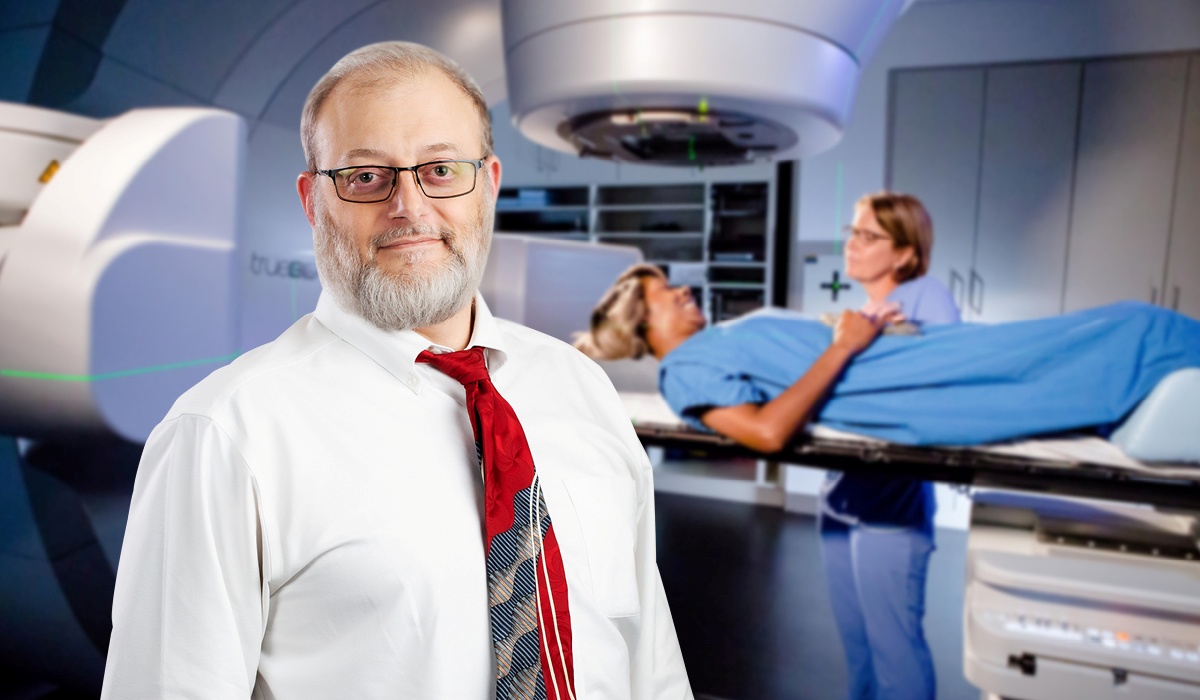
Medical physics might sound like a complex field, but it's all about using physics to help doctors diagnose and treat patients. Medical physicists work with advanced technology like X-rays, MRIs, and radiation therapy to ensure these tools are safe and effective. They play a crucial role in cancer treatment, making sure radiation doses are accurate. Did you know that medical physicists also help develop new imaging techniques? This field combines science, technology, and healthcare to improve patient outcomes. Whether it's creating better diagnostic tools or ensuring the safety of radiation treatments, medical physics is a vital part of modern medicine.
What is Medical Physics?
Medical physics is a fascinating field that merges physics with medicine. Professionals in this area apply physics principles to healthcare, particularly in diagnosing and treating diseases. Here are some intriguing facts about this vital discipline.
-
Medical physicists often work in hospitals, clinics, and research institutions, ensuring the safe and effective use of radiation in medical treatments.
-
The field of medical physics includes specialties like diagnostic radiology, nuclear medicine, and radiation therapy.
-
Medical physicists play a crucial role in developing and improving medical imaging techniques such as MRI, CT scans, and X-rays.
The Role of Medical Physicists
Medical physicists are the unsung heroes behind many medical advancements. They ensure that medical procedures involving radiation are safe and effective.
-
They calibrate and maintain radiation equipment to ensure accurate dosages during treatments.
-
Medical physicists often collaborate with oncologists to design radiation treatment plans for cancer patients.
-
They also conduct research to develop new technologies and improve existing ones, enhancing patient care.
Radiation Therapy and Medical Physics
Radiation therapy is a common cancer treatment that uses high doses of radiation to kill cancer cells. Medical physicists are integral to this process.
-
They calculate the precise dose of radiation needed to target cancer cells while minimizing damage to surrounding healthy tissue.
-
Medical physicists ensure that radiation therapy machines are functioning correctly and safely.
-
They also develop advanced techniques like intensity-modulated radiation therapy (IMRT) and stereotactic radiosurgery (SRS) to improve treatment outcomes.
Diagnostic Imaging and Medical Physics
Diagnostic imaging is another critical area where medical physics plays a significant role. These techniques help doctors diagnose and monitor various conditions.
-
Medical physicists optimize imaging protocols to produce high-quality images with the lowest possible radiation dose.
-
They work on developing new imaging technologies, such as PET scans and digital mammography.
-
Medical physicists also ensure that imaging equipment is regularly tested and maintained for optimal performance.
Nuclear Medicine and Medical Physics
Nuclear medicine involves using small amounts of radioactive materials to diagnose and treat diseases. Medical physicists are essential in this field.
-
They ensure the safe handling and disposal of radioactive materials used in nuclear medicine.
-
Medical physicists develop and refine techniques for imaging and treating diseases using radioactive tracers.
-
They also collaborate with other healthcare professionals to interpret nuclear medicine images and plan treatments.
Education and Training in Medical Physics
Becoming a medical physicist requires extensive education and training. Here are some key points about the path to this profession.
-
Most medical physicists hold a master's or doctoral degree in medical physics or a related field.
-
They often complete a residency program in medical physics to gain hands-on experience.
-
Certification by a professional board, such as the American Board of Radiology, is typically required to practice as a medical physicist.
The Future of Medical Physics
The future of medical physics looks promising, with ongoing advancements and innovations. Here are some exciting developments on the horizon.
-
Artificial intelligence (AI) is being integrated into medical imaging and radiation therapy to improve accuracy and efficiency.
-
Medical physicists are exploring new techniques for personalized medicine, tailoring treatments to individual patients' needs.
-
Advances in imaging technology, such as hybrid imaging systems, are enhancing diagnostic capabilities.
Interesting Facts About Medical Physics
Here are some additional fascinating facts about the field of medical physics that you might not know.
-
The first medical physicist is often considered to be Marie Curie, who won two Nobel Prizes for her work in radioactivity.
-
Medical physicists played a crucial role in developing the first linear accelerators used for cancer treatment.
-
The field of medical physics is constantly evolving, with new discoveries and technologies emerging regularly.
-
Medical physicists often work behind the scenes, but their contributions are vital to the success of many medical treatments and procedures.
The Fascinating World of Medical Physics
Medical physics is a field that blends science and healthcare, making it both intriguing and vital. From radiation therapy to medical imaging, these professionals ensure treatments are safe and effective. They play a crucial role in diagnosing diseases, developing new technologies, and improving patient outcomes.
Understanding the history and advancements in medical physics can give us a deeper appreciation for the work these experts do. Their contributions have led to life-saving treatments and innovative diagnostic tools.
If you’re considering a career in this field, know that it’s both challenging and rewarding. You’ll be at the forefront of medical technology, making a real difference in people’s lives.
So, next time you see a CT scan or hear about radiation therapy, remember the medical physicists behind the scenes. Their work is essential to modern medicine, and their impact is felt every day.
Was this page helpful?
Our commitment to delivering trustworthy and engaging content is at the heart of what we do. Each fact on our site is contributed by real users like you, bringing a wealth of diverse insights and information. To ensure the highest standards of accuracy and reliability, our dedicated editors meticulously review each submission. This process guarantees that the facts we share are not only fascinating but also credible. Trust in our commitment to quality and authenticity as you explore and learn with us.
